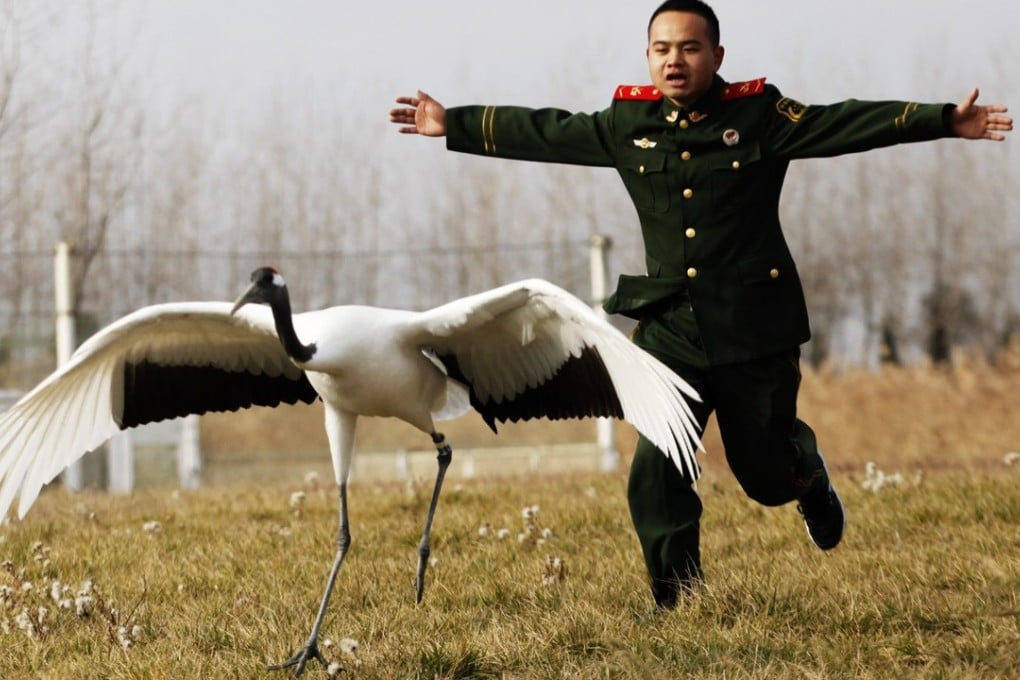On Reflection | Cranes inspired Bruce Lee’s kung fu. Can they stretch to China’s ties with Korea and Japan?
The bird’s symbolism has permeated East Asian societies for thousands of years. Now the race to save one of its rarest types from extinction offers common ground to three peoples who have so often been in conflict

The oriental sun is rising, gradually illuminating the reeds, the wilderness, the valleys and waters of the wetlands, which turn from grey to light brown and green to all the bright colours of their nature. The scene is accompanied by the melodies of the wild and the calls of a flock of red-crowned cranes, waking their young.
This is Yancheng, in Jiangsu, China. Its long silty coastline, the rich and diverse beach wetland ecosystem and a vast expanse of reed marshes are perfect for the cranes, who fill the coastal sand flats with magical vitality.

The first clear record of East Asian crane culture is the jade crane unearthed from the Tomb of Lady Hao at the Yin Ruins, being 3,200 years old. Artwork about and tales of cranes appear throughout Chinese history. The first collection of poems in China, the Book of Songs, contains a poem called the Crane Call, while the Book of Changes, a mystical textbook from the 9th century BC, explains its ninth hexagram as follows:
“The crane calls from concealment, and its young responds to it.”

